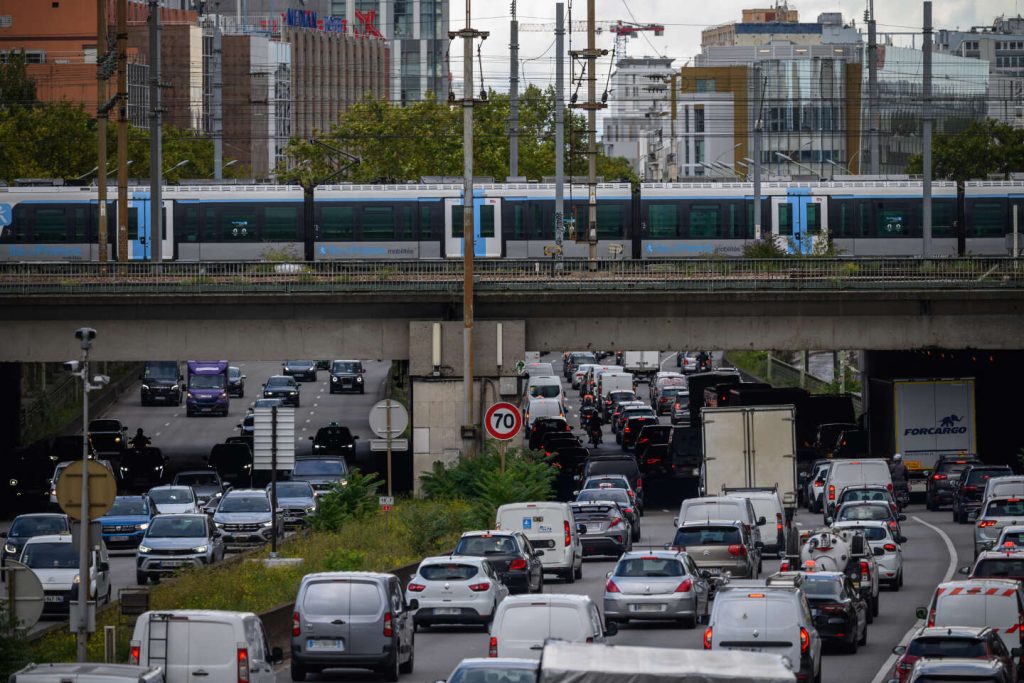The speed limit on the Paris ring road will be reduced from 70 kilometers per hour to 50 kilometers per hour, with the change set to take effect gradually starting on October 1st and fully implemented by October 10th. The reduction will first apply to a section of the ring road between the Porte des Lilas and the Porte d’Orléans before being extended to the entire 35-kilometer stretch of the boulevard périphérique. The decision to lower the speed limit, which is owned by the City of Paris and sees over a million vehicles pass through daily, was made by the city authorities and will require the installation of new road signs and radar equipment.
The new Minister of Transport, François Durovray, expressed his disagreement with the speed limit reduction, arguing that it would restrict traffic without providing alternative options. However, he acknowledged that Paris Mayor Anne Hidalgo has the authority to implement the change. Following discussions between Durovray and Hidalgo, it was agreed that the measure would go into effect on October 1st despite the minister’s reservations. The decision to lower the speed limit was made after years of consultation and research involving the state and other local authorities. A follow-up review of the measure’s impact will be conducted in a year involving the transport ministry, the City of Paris, and the Île-de-France region.
The decision to lower the speed limit on the ring road has sparked criticism from various quarters, including the President of the Île-de-France region, Valérie Pécresse, and business organizations in the region. They have characterized the move as unilateral and antisocial. Concerns have also been raised about the impact of the speed limit reduction on the population. The decision to implement the measure has raised questions about its potential effects on traffic flow and air quality, with concerns about the lack of detailed impact assessments on the subject.
The implementation of the new speed limit on the Paris ring road is part of a broader effort to address issues related to traffic congestion, air pollution, and noise levels in the city. The decision highlights the challenges faced by urban areas in managing transportation networks and addressing environmental concerns. The reduction in speed is intended to improve road safety and reduce the negative impact of vehicular traffic on the urban environment. The move reflects ongoing discussions and collaborations between the city authorities, the state, and other stakeholders to find solutions to urban mobility challenges.
The disagreement between the City of Paris and the national government over the speed limit reduction underscores the complex dynamics involved in urban transportation policy. While local authorities have the autonomy to implement measures that they believe are necessary for their cities, they must also consider the broader implications and engage in dialogue with other levels of government. The decision to lower the speed limit on the ring road has implications for millions of residents and commuters in the Paris region, highlighting the importance of coordinated efforts to address transportation and environmental challenges. The ongoing collaboration between the city, the national government, and the region indicates a commitment to finding sustainable solutions for urban mobility in the future.


